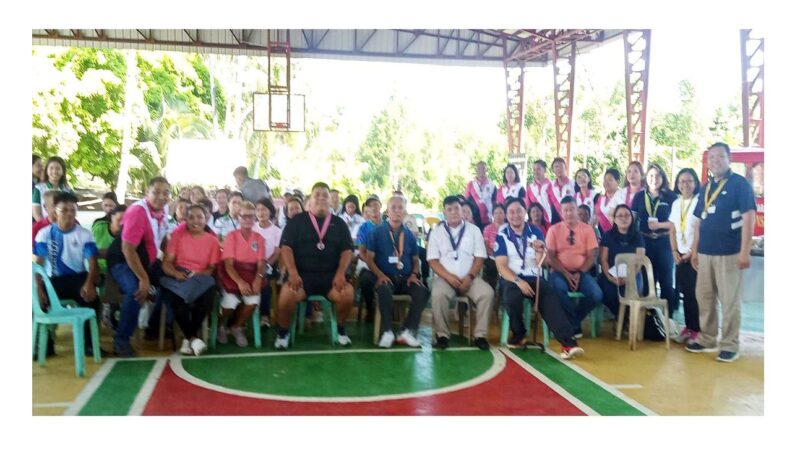UP Scientists Analyze Thin Films Deposited with Femtosecond Pulsed Laser

In Photo: UPD-CS scientists examined how thin films of the high-temperature superconductor BSCCO (bismuth strontium calcium copper oxide) are formed using a low-energy femtosecond pulsed laser. (Photo credit: Joy Kristelle De Mata)
By: Eunice Jean C. Patron
Traditional pulsed laser deposition (PLD) methods typically use high-energy lasers with nanosecond-long pulses. Inspired by this, scientists from the University of the Philippines – Diliman College of Science (UPD-CS) challenged the conventional approach by using a lower-energy femtosecond laser with nanojoule pulse energy.
Joy Kristelle De Mata and Dr. Lean Dasallas of the UPD-CS Materials Science and Engineering Program (MSEP), along with Dr. Roland Sarmago and Dr. Wilson Garcia of the UPD-CS National Institute of Physics (NIP), examined how thin films of the high-temperature superconductor BSCCO (bismuth strontium calcium copper oxide)—commonly used in power cables, generators, and magnets—are formed using a low-energy femtosecond pulsed laser.
Key Challenges and Expectations
“A key challenge in this process is maintaining the stoichiometric ratio of elements in the film, as deviations can significantly impact material properties,” De Mata explained in an interview. To understand the process better, their team studied how varying the type and pressure levels of the background gas affect the thin film’s composition and how evenly the material spreads.
The scientists discovered that using low-energy femtosecond PLD (fs-PLD) at high gas pressure does not fully replicate the composition of the original material. Existing computational models commonly used in PLD, which predict how materials spread during deposition, did not accurately explain these differences. This suggests that the fs-PLD process is more complex than expected, highlighting the need for improved models to enhance thin film production for real-world applications.
“Our results demonstrate that the background gas type and pressure significantly influence film composition,” De Mata added. “While fs-PLD offers advantages over nanosecond-PLD, achieving correct stoichiometry in thin films remains challenging, necessitating further optimization of deposition conditions.”
Industrial applications of fs-PLD
De Mata emphasized that while the fs-PLD process shows promise, it is not yet fully scalable for industrial applications, such as electronics, due to several limitations. The mismatch between the elements in the deposited thin film and the original material can lead to inconsistencies in mass production. Additionally, because fs-PLD uses low energy, the deposition process is slower, making large-scale manufacturing more costly.
“Despite these challenges, fs-PLD remains a valuable technique for high-quality thin film fabrication in research and specialized applications,” she said. Moving forward, the team plans to study other factors, such as substrate heating, to see how temperature affects the thin film. “The current models used do not fully account for the observed deviations in film composition. We aim to refine these models for greater applicability to fs-PLD.”
References:
De Mata, J. K., Sarmago, R., Garcia, W., & Dasallas, L. (2025). Spatial variation of the elemental components of thin films from BiSrCaCuO target deposited using low energy femtosecond pulsed laser deposition in high background gas pressure. Journal of Vacuum Science & Technology B, 43(2). https://doi.org/10.1116/6.0004082







